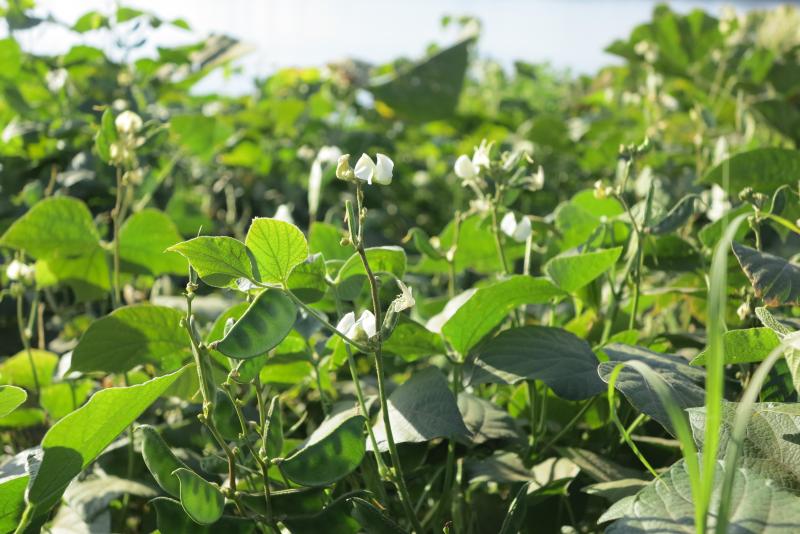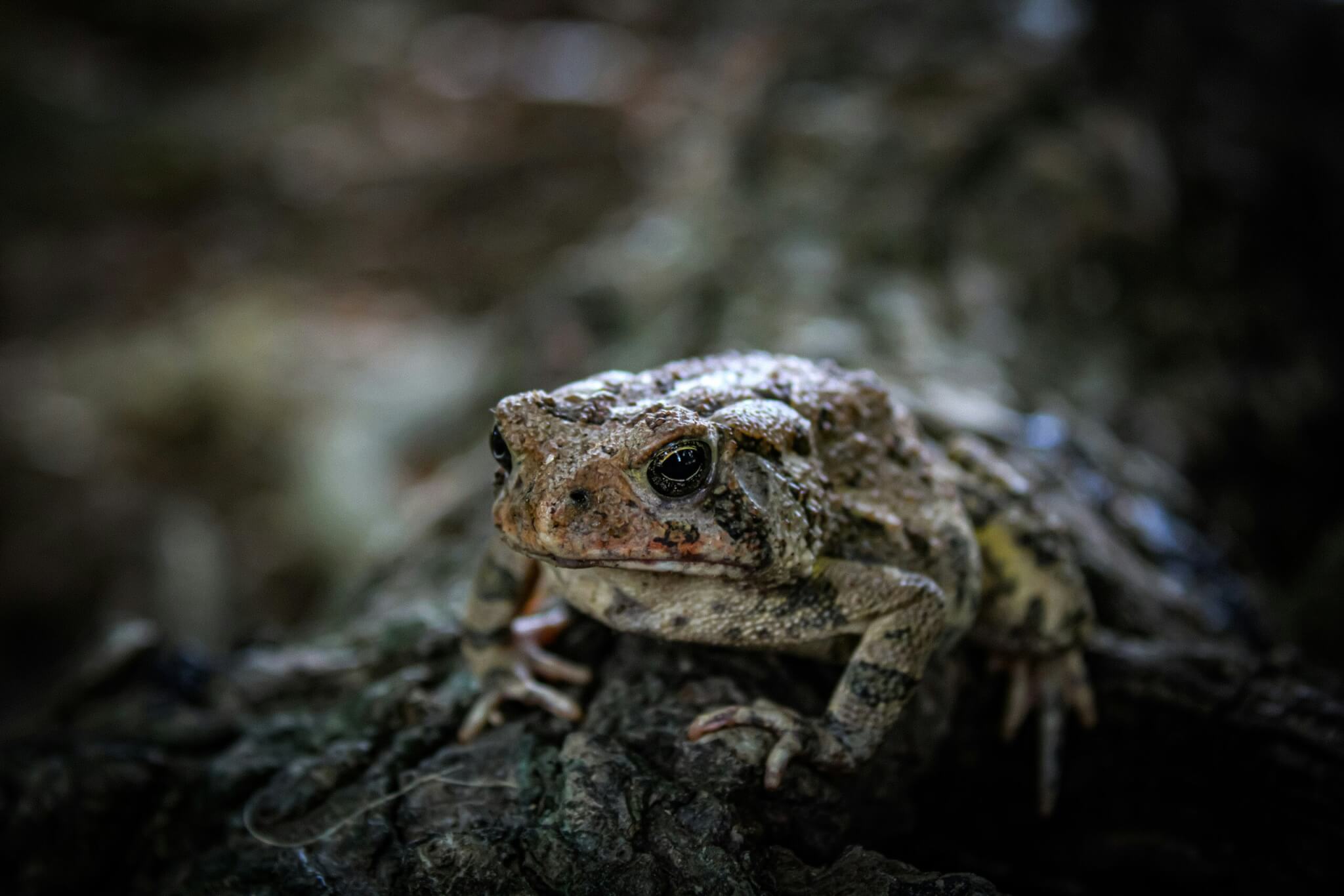We are becoming more and more aware that what we eat has a detrimental effect not only on our health but on the planet itself and many believe that a significant overhaul of the current global food system is needed to meet the challenges of feeding a growing world population.
Exploring the history of agricultural practices allows us to understand the successes and failures of numerous societies, over thousands of years, and their interactions with the environment. We are also able to understand any long-term damage that could hinder future sustainable management strategies to conserve soils and their productivity.
So how can archaeology help? Archaeology is particularly useful for developing sustainable practices by providing a much longer view of environmental change and adaptation by local agricultural societies.
Recently, archaeological research in East Africa highlighted that previously unrecognised ‘sediment traps’ form an integral part of terraced systems in areas of Tanzania and Ethiopia. These sediment traps capture eroded soil from river water, providing agriculturally productive land. This work highlights the importance of understanding local approaches to soil and water conservation and that these measures should be tailored to local environmental conditions.
An increasingly narrow range of crops have been cultivated since the green revolution of the mid-20th century, characterised by high yielding varieties, and driven by a post-war focus on economies of scale and export-oriented growth. More than 50 per cent of the world’s daily caloric intake is derived directly from cereal grain consumption, mainly rice, wheat and maize, and this focus on monocropping is making our food system more vulnerable to pests, diseases and climate change.
Even in our recent history, episodes such as the Irish potato famine show the vulnerabilities within our food system and the risks of relying on monocultures. Increasing the diversity of crops and crop varieties is now increasingly believed to be necessary for coping with the effects of long-term climate change, whilst also tackling the problems of dietary imbalances (e.g. lack of micronutrients such as iron) that face many parts of the world today.
Unfortunately, traditional agricultural practices in many parts of the world are rapidly changing and crop diversity is reported to be declining. As a result, anthropological and ethnobotanical research is providing important insight into more recent changes to agrobiodiversity and associated food practices.
For example, recent research in northern Sudan has highlighted dramatic shifts in the crops grown, their cultivation practices and local cuisine since the middle of the twentieth century. Several of these crops which have become less important recently as food crops, such as the pulse lablab, have a long history in the archaeological record, suggesting local environmental suitability.
Additionally, interviews with farmers have revealed how these local cereals and pulses require fewer inputs and are more stress tolerant than today’s cash crops – and are therefore potentially more resilient to future climate change.

Increasing crop diversity is also seen as a key climate change strategy implemented by communities for over thousands of years. A recent study by d’Alpoim Guedes and Bocinsky examining climate change in Eurasia over the last 2,000 years highlights this point. They found that at each cooling event the local communities adapted by diversifying their crops, their agricultural practices, by increasing pastoral activities, and food provisioning by developing long-distance trade networks that brought products produced hundreds of kilometres away into their settlements.
Archaeology and anthropology can therefore provide important information about recent and ancient crop histories and agrobiodiversity adding essential value and context to debates concerning future crop introductions at the local level, as well as highlighting regions where crops once grew – and therefore could potentially be grown again.
Incorporating the past for a better food future
The benefits of sustainable agriculture are well known, yet critical environmental, social, economic and institutional challenges are still to be overcome. A more holistic way of thinking and working is needed to provide an understanding of how problems are connected, their root causes, and where critical leverage points might be.
The study of subsistence systems from the ancient past through to the last century can therefore provide important insights into future agricultural resilience by exploring the role, value and cultivation of local food crops in parts of the world where dramatic long-term changes have been seen.
We believe that the increasingly interdisciplinary nature of food system research opens up a unique opportunity for archaeology and anthropology to contribute to the current debate on how we transform our food system to meet the challenges of feeding the world in a healthy, equitable, sustainable and resilient way.
This piece was originally published by the University of Oxford’s Food Climate Research Network which covers the intersection of food, climate, and broader sustainability issues.













0 Comments